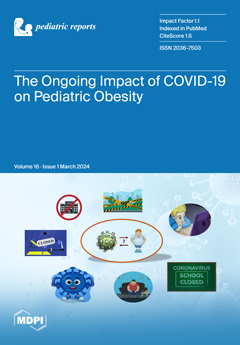This cross-sectional study investigated the impact of age and playing position, controlling for maturity, on physical fitness indicators in 303 adolescent female netball players aged 12.0 to 15.9 years. Assessments included estimated maximal oxygen uptake (VO
2max) via the 20 m shuttle
[...] Read more.
This cross-sectional study investigated the impact of age and playing position, controlling for maturity, on physical fitness indicators in 303 adolescent female netball players aged 12.0 to 15.9 years. Assessments included estimated maximal oxygen uptake (VO
2max) via the 20 m shuttle run test, 10 m and 20 m sprints, change of direction speed (CODS) using the 505 test, and muscle power via the medicine ball chest throw (MBCT) and countermovement vertical jump (CMJ). Participants were grouped by age (12 to 15 years) and playing position (non-circle and circle players), with age at peak height velocity as a covariate for maturity. Results revealed that, at 15 years, CMJ height was greater than at 12 years and 13 years (
p < 0.05, partial η
2 = 0.048). MBCT distance increased across age groups (
p < 0.01, partial η
2 = 0.323). Age had no impact on sprints, VO
2max, or CODS. Non-circle players outperformed circle players in the 10 m sprint (
p = 0.042, partial η
2 = 0.016) and 20 m sprints (
p = 0.010, partial η
2 = 0.025) and displayed higher VO
2max (
p < 0.001, partial η
2 = 0.036). Circle players were taller (
p = 0.046, partial η
2 = 0.014) and heavier (
p < 0.001, partial η
2 = 0.040) than non-circle players. Playing positions showed no differences in CMJ and MBCT. In adolescent female netball players, only muscle power is influenced by age, while non-circle players exhibit superior aerobic fitness and speed compared to circle players. Coaches may be able to utilize the distinct age and playing position traits of adolescent netballers to inform player selection and design targeted training programs.
Full article






